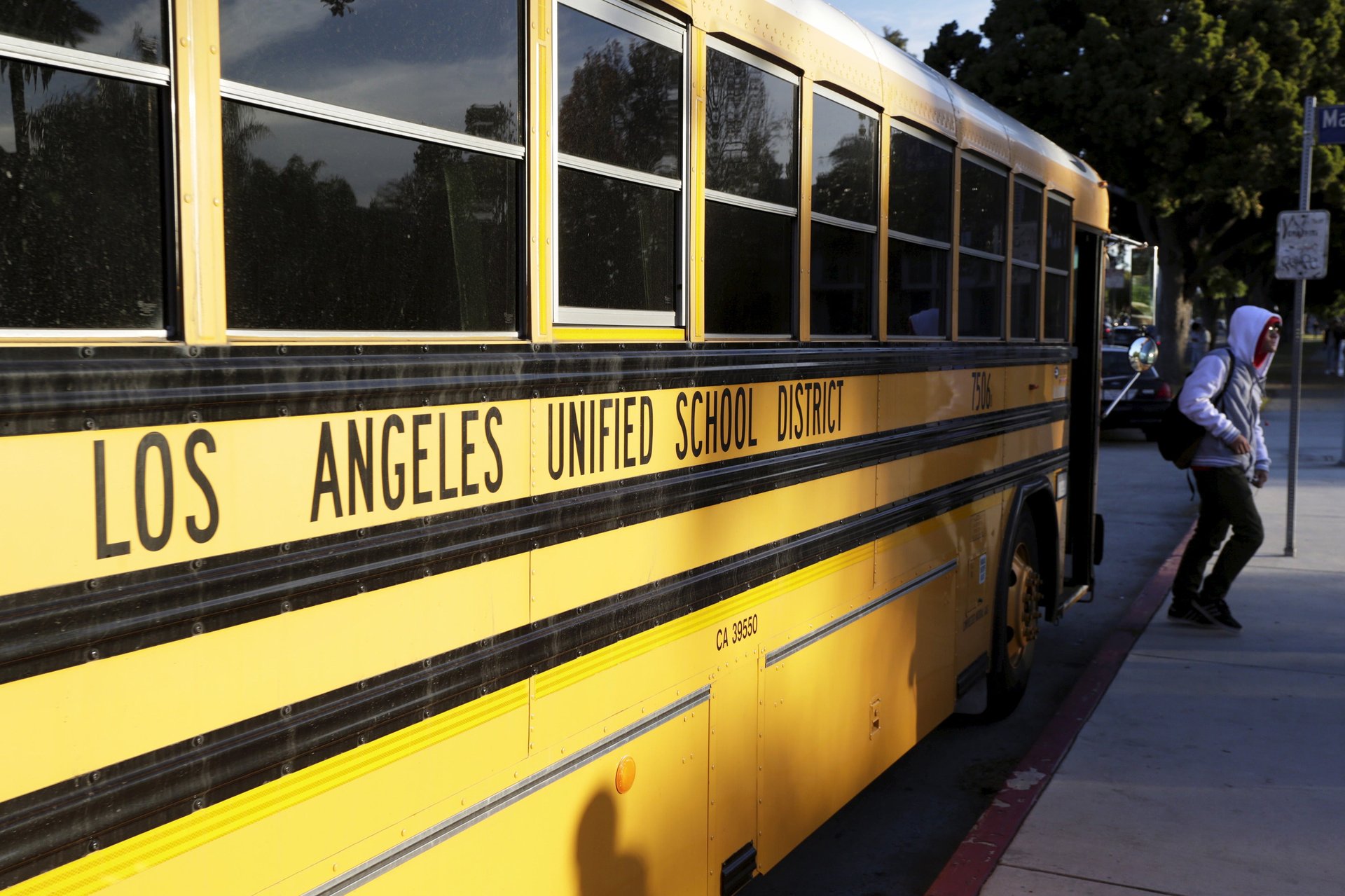Do US parents actually want integrated schools—or just say they do?
A new study suggests there’s widespread interest among American parents in sending their kids to schools that are substantially integrated. It’s a preference shared across racial lines and income brackets, by mothers and fathers, Democrats and Republicans, and among parents of every level of educational attainment.


A new study suggests there’s widespread interest among American parents in sending their kids to schools that are substantially integrated. It’s a preference shared across racial lines and income brackets, by mothers and fathers, Democrats and Republicans, and among parents of every level of educational attainment.
So why do families, when given the choice, routinely pick schools that further segregate the system?
“It’s wanting it, but not wanting it that much,” said Richard Weissbourd, director of the Making Caring Common Project at the Harvard Graduate School of Education and co-author of a new report titled “Do Parents Really Want School Integration?”
The report finds that many white, advantaged parents largely decide on their children’s schools based on the number of parents like them at a school, on their own implicit biases about students of other backgrounds, and on test scores, which tend to favor more advantaged kids. Weissbourd argues these are a proxy for socioeconomic background, not school quality.
He also notes that many wealthier white parents don’t want their own children to be the minority, but don’t have much of a problem if that’s what happens to black or Hispanic children. They needn’t much worry about that, though; roughly 40% of black and Latino students attend schools where 90% to 100% of students are non-white. These schools are more likely to be underfunded, overcrowded, and staffed with less qualified teachers (pdf). White students, meanwhile, are the least likely to attend schools with children from other racial groups.
The report, which was based on a survey of 2,644 parents across the US, and on previous research on segregation, showed that parents tend to pick whiter, more affluent schools because they view them as educationally superior. Eric Torres, a PhD student at Harvard and Weissbourd’s co-author on the report, said research shows levels of internalized anti-black bias drives both white and black parents to pick whiter schools, but the effect is more pronounced among white ones. He also noted that while wealthy parents, who are more often white, have more latitude to “opt out” of public school systems, lower-income parents can also have choice, depending on the nature of the enrollment system.
The survey asked parents to pick the three most important features when choosing a school, including academic quality, discipline rates, being part of a close-knit parent community, safety, ease of transportation, and racial and economic diversity. While 81% of parents included academic quality in their top three, and 70% chose safety, less than10% included racial and economic diversity.
But research shows that integrated schools benefit low-income children academically, while also benefitting higher-income students on measures of social and emotional well-being, while not hurting them academically.
“Many parents don’t do the legwork to determine which schools in their district are actually high-quality and might work for their family,” said Torres.
The authors’ prescription seems simple, but also daunting against the backdrop of racial and economic polarization in the US today and the clear choice many parents are making. Parents, Weissbourd and Torres argued, should not take the word of their advantaged peers but go on at least two school tours themselves. They should look beyond test scores (which many will find difficult to do in a school environment where test scores are paramount) and talk to a wider group of parents beyond their “bubble.” Community and school district leaders should design for integration rather than status quo. The report looks at Cambridge, Massachusetts, and Jefferson County, Kentucky, as examples.
“As parents, neighbors, and community members, we have a fundamental moral responsibility, not just to desegregate—but to thoughtfully integrate—our schools,” they wrote. “It’s good for all children and it’s a matter of basic equity and our commitments to one another in a democratic society.”